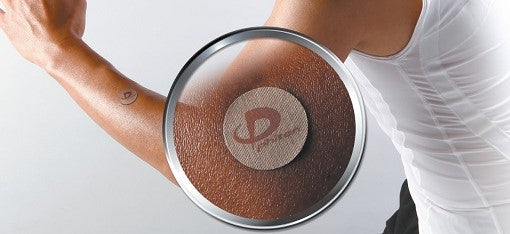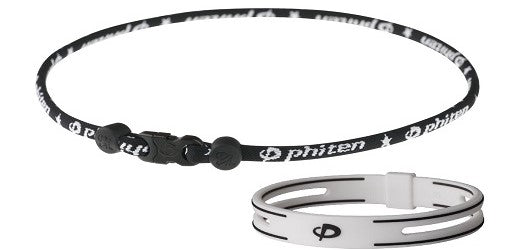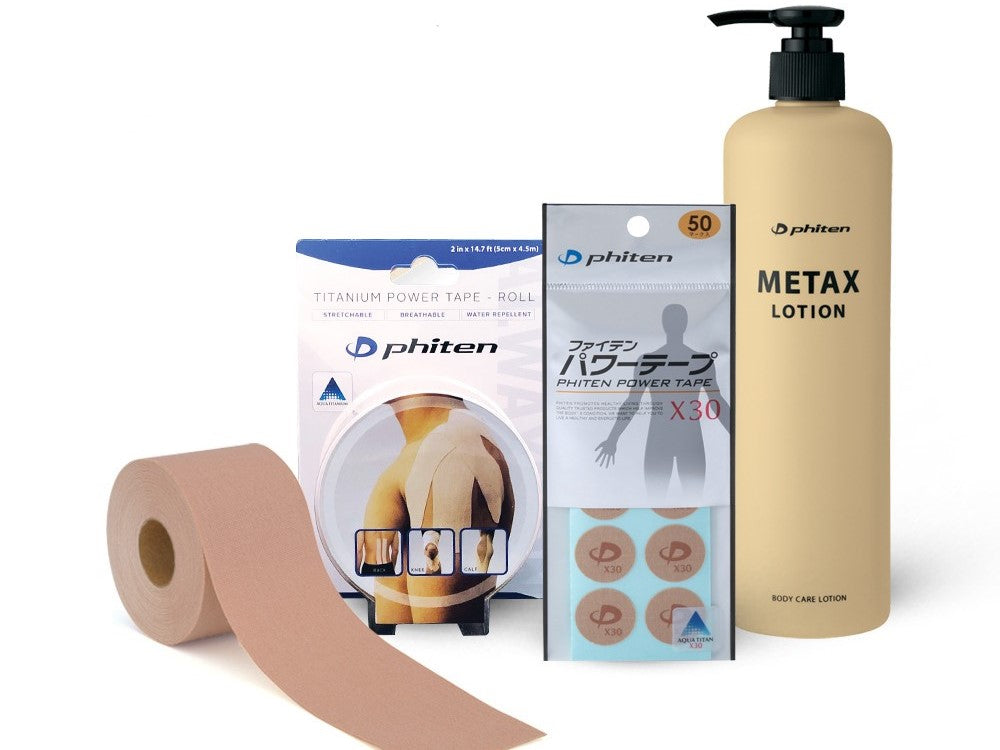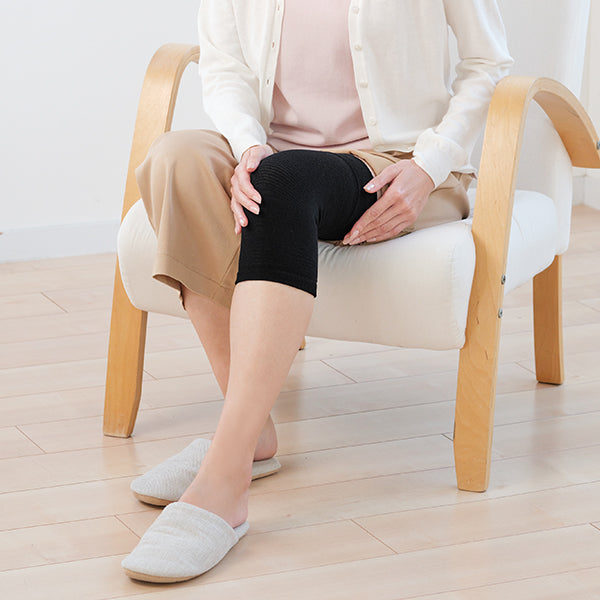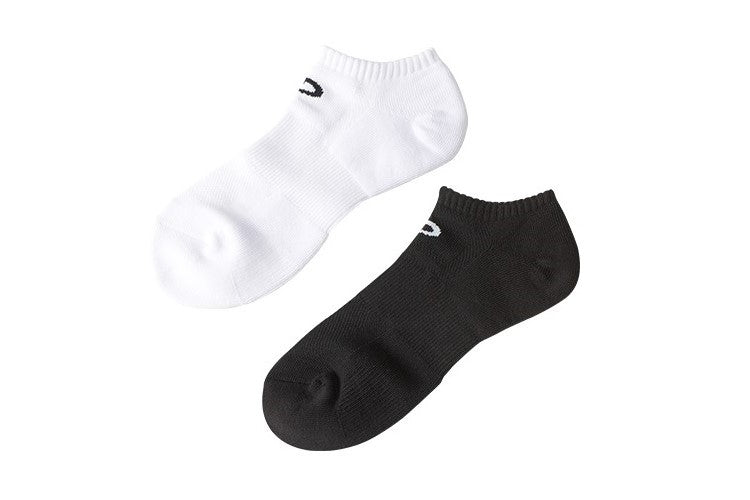KNEE PAIN 101: UNDERSTANDING THE COMMON CAUSES
Continuing from our previous newsletter, we delve deeper into other causes of knee pain. In this edition, we will be discussing the topic of meniscus tears.
Meniscus Tear - especially be cautious when engaging in sports with intense movements.
Meniscus injury or damage is a common injury that affects the knee joint. The meniscus is a C-shaped piece of cartilage located in the knee joint, which acts as a shock absorber and helps to distribute weight evenly across the knee. Meniscus injuries can occur due to sudden twisting, pivoting, or direct impact to the knee, often during sports or other physical activities.
Symptoms of meniscus injury can include pain, swelling, stiffness, and difficulty moving the knee. In some cases, a person may also experience a locking or catching sensation in the knee joint. Depending on the severity of the injury, treatment may range from rest and physical therapy to surgery. Here are the six common meniscus tears.

Treatment options for meniscus injury depend on the location, size, and severity of the damage. Minor injuries may be treated with rest, ice, compression, and elevation, as well as nonsteroidal anti-inflammatory drugs (NSAIDs) to relieve pain and swelling. More severe injuries may require arthroscopic surgery, which involves making small incisions and using a tiny camera to view and repair the damage.
Recovery from meniscus injury can take anywhere from a few weeks to several months, depending on the extent of the injury and the treatment approach used. Physical therapy may be recommended to help restore strength and mobility to the knee, as well as to prevent future injuries.
Preventing meniscus injury involves maintaining a healthy weight, wearing appropriate footwear during physical activity, and engaging in exercises that strengthen the muscles around the knee joint. Stretching before and after physical activity can also help reduce the risk of injury.
In conclusion, meniscus injury is a common knee injury that can be caused by a variety of physical activities. Proper treatment, rest, and rehabilitation can help to minimize the effects of the injury and speed up recovery time. Preventative measures such as maintaining a healthy lifestyle and engaging in proper exercise techniques can also help to reduce the risk of meniscus injury.
Symptom Check:
□ Pain or catching sensation when bending or straightening the knee
□Inability to fully straighten or bend the knee (locking)
□Accumulation of fluid in the knee
People or situations that require attention:
□Engaging in sports such as soccer or basketball that involve sudden changes of direction, which can put strong impact on the meniscus––––
□ Experience a strong impact to the knee, such as a traffic accident or fall
□ Are over the age of 60
Note: Meniscus injury or damage should be considered if any of the above symptoms or situations are present. It is important to seek medical attention if you are experiencing any of these symptoms or situations, as early detection and treatment can help prevent further damage to the knee joint.
Disclaimer:
Please note that the information provided in this newsletter is for educational purposes only. It is not intended as a substitute for professional medical advice, diagnosis, or treatment. Always seek the advice of your physician or other qualified health providers with any questions you may have regarding a medical condition.
These statements have not been evaluated by the FDA. This product is not intended to diagnose, treat, cure or prevent any disease.
Individual results may vary significantly. Not all users will experience the intended benefits of Phiten products, and individuals must try for themselves to see whether it works for them.


